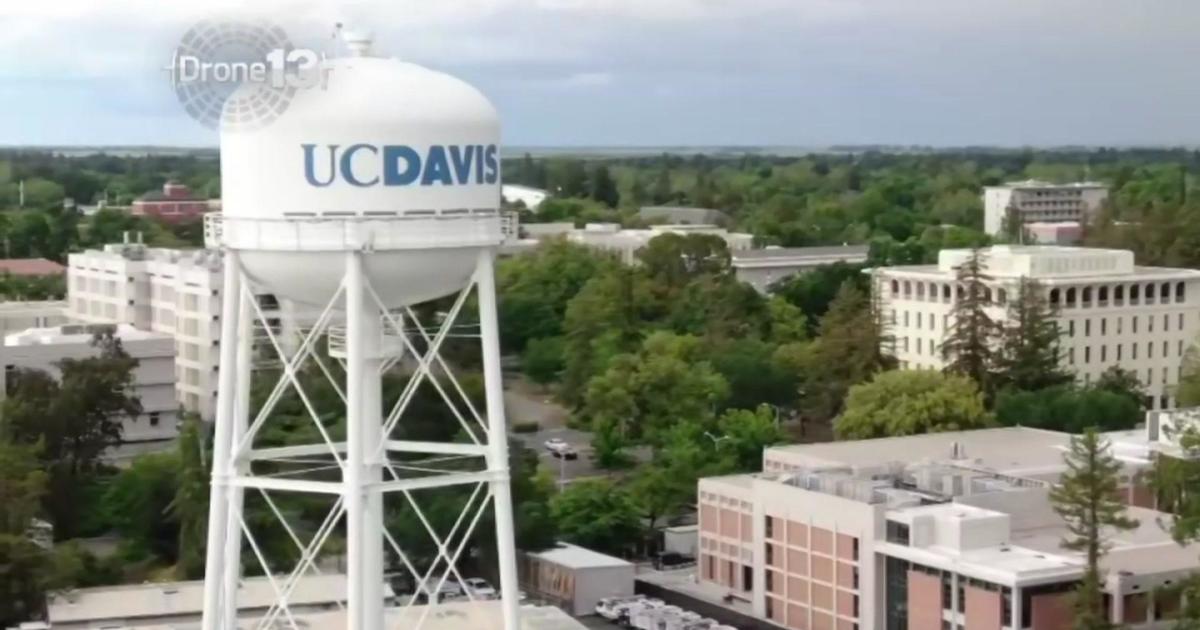UC Davis Researchers Looking To Keep Cows Cooler
DAVIS (CBS13) – Researchers are experimenting with new technology to keep cows cool, because hot cows mean a deficit to the state's largest agricultural industry.
"This has been brutal," said Hank Van Exel, a dairy farmer in Lodi.
For days on end this summer, Van Exel sprayed water and kept his fans running on his 6,000 head dairy farm and still had eight deaths.
With excessive heat waves wiping out cattle across the state, it's costing farmers millions.
"You can't just say well we're going to bring in air conditioners because I couldn't afford that," he said.
But now researchers at UC Davis said maybe farmers can.
"Something that I'm interested in is trying to help farmers make the best use of water that they are going to spray," said Cassandra Tucker, a professor at UC Davis.
Engineers have installed cooling mats inside the stalls of the campus' dairy and placed new evaporative cooling units overhead.
"Basically what you might know as a swamp cooler to cool the air that is then being blown on the animals," she said.
Traditional dairies like Van Exel's use fans and sprinklers to cool cows, which the school researchers are also using, but the new technology experts believe is more efficient.
"I think we are estimating water can be reduced around 80 percent and energy maybe along the lines of 20 to 30 percent," said Theresa Pistochini, Senior Engineer at Western Cooling Efficiency Center at UC Davis.
So how do they know if these cows are happy? They monitor the cows' movement every three minutes through surveillance video to see which research project the cows like best.
"So we look at where they spend time lying, standing, how much time they spend eating," Tucker said.
The goal is to find a cost effective way to replace current cooling methods.
"So far the data indicates yes, all four of the technologies that we are testing this summer are keeping the cows relatively cool," she said.
Researchers are now reviewing the data to determine how effective the new technology is. The next step is to install the equipment in a commercial dairy setting before making final recommendations.



